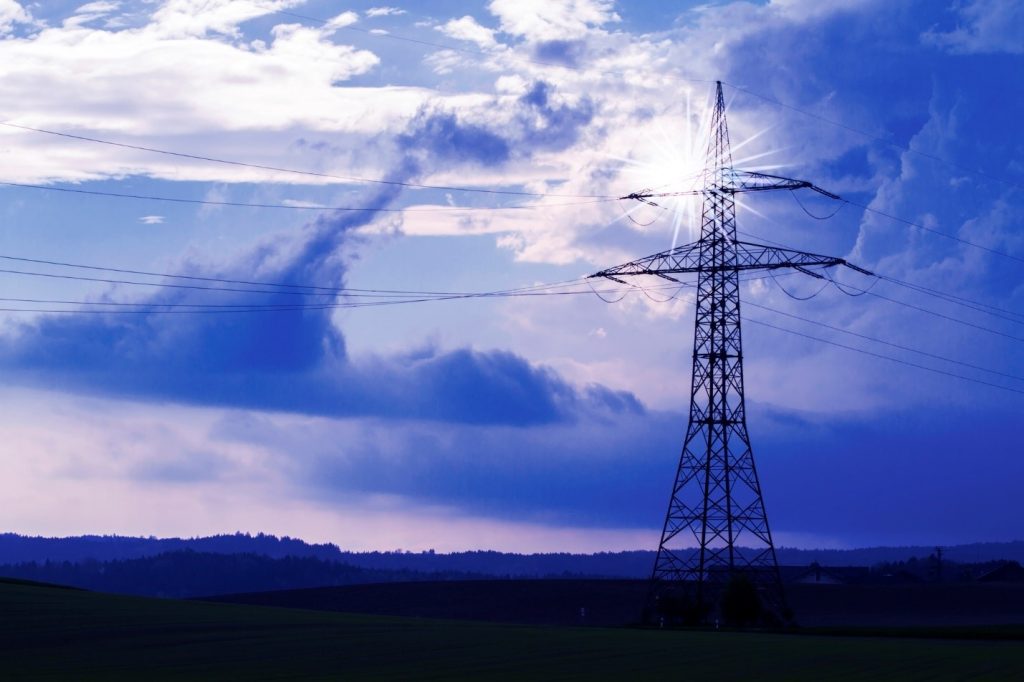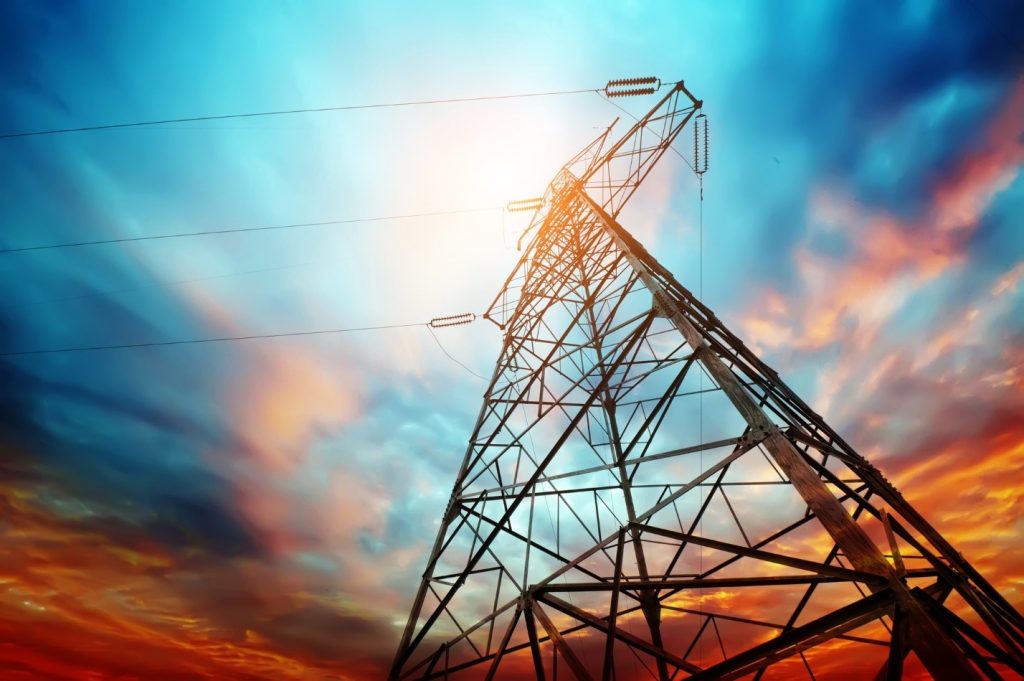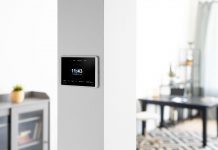Various electrical devices, HVAC appliances, and vehicles are now becoming essential in people’s lives. On top of that, their energy bills are getting expensive by the minute, and there are also different plans to choose from. Navigating through a maze of these packages shouldn’t be too complicated, and if you consider yourself a wise consumer, or you’re just curious about how the pricing works, then you’re on the right page.
Managing the use of electricity and aiming to save a significant amount each month should be one of your goals. Fossil fuels, natural gas, and coal are now becoming expensive, and carbon dioxide emissions are also having a harmful effect on the environment. Learning how to become savvy in saving more while maximizing your electricity is going to make a difference in the long run, but first, you need to know about the spot price.
About the Ever-Changing Charges in Electricity

A spot price is the dynamic and fluctuating cost of electricity in the wholesale market, and it represents the current value of your appliance usage at a specific time and location. Unlike fixed-rate plans, which offer a stable price for a set period, spot prices can change every hour, and it can be complex when you have a variable contract.
Figures that you’re going to be charged with are often determined by supply and demand factors, including weather conditions, fuel costs, generation capacity, and overall energy usage. If there’s a huge demand, then you can expect a significant increase in your bill at the end of the month, and the opposite can also be true.
Real-time pricing models like these allow consumers to take advantage of using their dishwasher near midnight when others are asleep or charging their bikes when there’s low demand. Seeing information about this on beste strøm – timespot will help you determine if this is the best option for you. It’s important to note that spot prices can be volatile in some regions or seasons due to different market structures and regulations.
Monitoring the market patterns and subscribing to a more variable rate plan can make a huge difference. Adjust your consumption when necessary and only run all the heavy-duty appliances when there’s low demand within the hours. This way, you can potentially save money over the long run.
Different Types of Plans

Contracts can often last between one to four years, where the standing charges and costs stay the same regardless of what’s happening in the market with the fixed terms. However, expect your bills to still be different each month because the charges are based on your actual consumption. It’s one of the more popular terms because it provides you with the predictability and stability that you need during the duration of your contract.
You can also budget your monthly needs more effectively and protect yourself from potential price hikes. There’s no need to worry about the expensive rates, and you can keep an eye on your contract and find the best deals for your company.
Complex deals are available, but you can extend the contract length with the same supplier without any hassle with blended or extended tariffs. The rewards will be a significantly lowered rate because of your loyalty, and this can cut the amount of what you’re paying for in terms of natural gas and electricity. It’s also a great fit when you’re already happy with the service of your provider.
Flex approaches may also be available where larger enterprises may buy bulk energy in advance so they can better budget what they’re going to pay at the end of the month. They can often know the charges per kilowatt-hour and get the wholesale rates when necessary.
The time-of-use spot price is very popular, and the rates can vary by season or time of the day. It essentially encourages the consumers to shift their usage and most busy hours away from the peak times and towards the off-peak times when the prices are lower.
Some providers even offer renewable energy packages, which allow you to support clean energy sources by purchasing electricity generated from solar panels or wind turbines. They can also offer you discounts when you switch to more eco-friendly options.
Factors to Consider When Choosing an Electricity Package

Think about your energy usage patterns, assess these through your past bills, and determine how much electricity you typically use every month. Choose the plans that you think are going to be more likely aligned with what you and your family need, so there will be no regrets later.
Contract duration where the fixed-term or variable options can also be available. Assess your preferences and know more about your risk tolerance, especially if price fluctuations appear. Take note of any additional fees or charges associated with the packages, because providers may have hidden costs, such as administrative fees or penalties when you decide to break the connection early. Make sure to read the fine print before making your decision and ask questions to one of their representatives when something is not clear to you.
Consider the customer service and support provided by the electricity provider as well. Having access to reliable people who can answer the phone can make all the difference when it comes to addressing any issues or concerns that may arise. If you have disputes over your bill, they should also be able to address those in no time.
Benefits of Choosing the Right Package
Get significant cost savings, and by selecting a package that offers competitive rates and discounts, you can significantly reduce your monthly utility bills. You can lower your overall expenses and free up extra funds that can be used for other purposes, such as savings or investments.
Also, opting for the right electricity package can contribute to environmental sustainability. Many providers now offer green energy options, that utilize renewable sources, and by supporting these initiatives, you are actively participating in reducing carbon emissions and promoting cleaner energy alternatives.
Whether it’s assistance with billing inquiries or technical issues, having reliable and responsive customer service ensures that any concerns are addressed promptly and efficiently. Companies can provide these for you as well to make sure that you’re satisfied with their services.
Tips for Managing Your Electricity Usage and Saving Money
As a homeowner, you shouldn’t just rely on your electricity retailer or provider to lessen the costs. It’s also best if you could be mindful and more conscious of your appliances. Turn off those lights and fans when they are not in use. Unplug the chargers and televisions when you don’t need them to save more each month.
Clean the windows and replace your curtains with lighter materials if you want to take advantage of the sunlight. Reduce the need to use electricity in the morning and instead, get your rooms and spaces aired out. Power strips can also be effective because some of the devices can continue to draw power even if they are in standby mode or when turned off. Cut down the phantom or vampire energy usage with the help of the right accessories.
You also need to adjust thermostat settings: Heating and cooling can account for a significant portion of your electricity bill, so set your thermostat at an appropriate temperature, depending on the season. Consider using programmable remote controls to regulate temperature automatically, and make sure doors and windows are properly sealed to prevent air leaks.
When doing laundry, try washing clothes in cold water instead of hot water whenever possible as heating the water accounts for a large portion of electricity consumption during laundry cycles. Air drying clothes or using lower heat settings in dryers can also help conserve energy.
Take advantage of the time-of-use plans since some utility companies offer them where electricity rates vary depending on the time of day or week. Consider shifting activities such as running heavy-duty appliances or charging electronic devices during periods with lower rates to take advantage of potential savings.
Common Misconceptions About Electricity Spot Price

A prevalent myth is that a high spot price always indicates higher energy costs for households. However, this is not necessarily true. Spot prices can reflect the current supply and demand conditions in the wholesale electricity market, and they fluctuate throughout the day based on factors such as weather conditions, power plant availability, and overall electricity demand. While a high spot price may indicate increased costs for energy providers, it does not directly translate into higher prices for consumers.
Another misunderstanding is that choosing an electricity package with a fixed rate will guarantee stable prices over time. While they offer stability during the contract period, they do not shield consumers from fluctuations in other charges or fees associated with their electricity bill.
Some people also mistakenly believe that renewable energy sources are always more expensive than traditional fossil fuel-based options. However, with the advancements in technology and growing commitments to sustainability, solar panels, and geothermal power have become increasingly competitive in terms of pricing.






